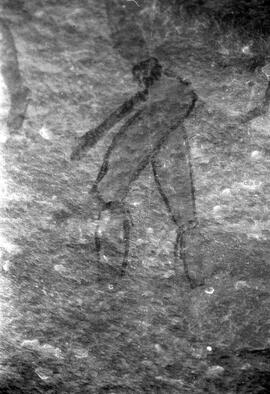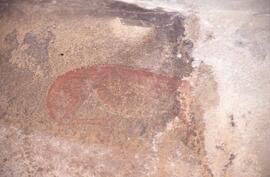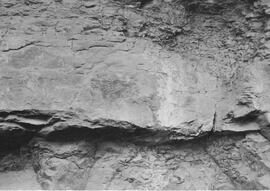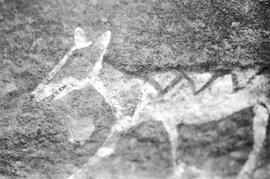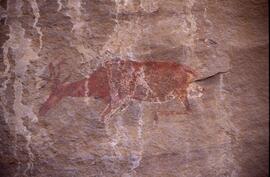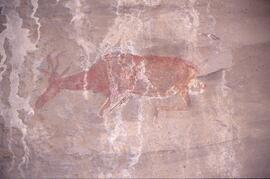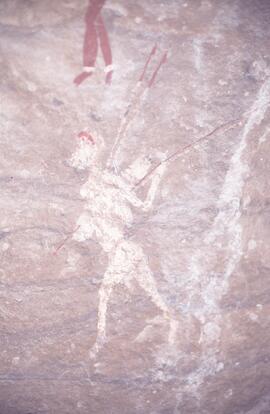Elements area
Taxonomy
Code
Scope note(s)
Source note(s)
Display note(s)
Hierarchical terms
Maclear
BT Eastern Cape
Maclear
- NT Barneveld I
- NT Barneveld II
- NT Barneveld III
- NT Barneveld IV
- NT Barneveld IX
- NT Barneveld VII
- NT Barneveld VIII
- NT Barneveld X
- NT Barneveld XI
- NT Buterix I 133
- NT Buterix II 133
- NT Chamisso I
- NT Coldstream I 87
- NT Esperanza I
- NT Esperanza II
- NT Esperanza III
- NT Ferngrove I 62
- NT Ferngrove II 62
- NT Ferngrove III 62
- NT Frankskead I 134
- NT Frankskead II 134
- NT Frankskead III 134
- NT Freshwater I 125
- NT Freshwater II 125
- NT Glengrieve I 148
- NT Glengrieve II 148
- NT Grotto I
- NT Grotto II
- NT Grotto III
- NT Highlands I 83
- NT Highlands II 83
- NT Hillside I
- NT Hillside II
- NT Labyrinth I 56
- NT Labyrinth III 56
- NT Labyrinth VI 56
- NT Labyrinth VIII 56
- NT Labyrinth X 56
- NT Labyrinth XI 56
- NT Labyrinth XII 56
- NT Linton II
- NT Linton III
- NT Maclear and Ugie
- NT Maclear Commonage I
- NT Maclear Commonage II
- NT Madonel I 107
- NT Melrose I
- NT Melrose II
- NT Melrose III
- NT Melrose IV
- NT Melrose IX
- NT Melrose V
- NT Melrose VI
- NT Melrose VII
- NT Melrose VIII
- NT Melrose X
- NT Melrose XI
- NT Mount Fletcher
- NT Mount Tyndall I
- NT Mount Tyndall II
- NT Mount Tyndall III
- NT Mount Tyndall IV
- NT Mount Tyndall V
- NT Mount Tyndall VI
- NT Mount Tyndall VII
- NT Mount Tyndall VIII
- NT Mount Tyndall X
- NT Oxlands I 128
- NT Pitsing I
- NT Plateau I 147
- NT Plateau II 147
- NT Plateau III 147
- NT Portervale I
- NT Portervale III
- NT Prospect I 147
- NT Protea Hills I 80
- NT Protea Hills II 80
- NT Ranscombe I 174
- NT Redcliff I
- NT Somerton I 234
- NT Somerton II 234
- NT Somerton III 234
- NT Somerton IV 234
- NT Somerton V 234
- NT Springton I
- NT Springton II
- NT Springton III
- NT Stockyard I 86
- NT Tallyrand I
- NT The Falls I 138
- NT The Falls II 138
- NT The Falls III 138
- NT The Granary I 145
- NT The Granary II 145
- NT Ugie
- NT Ugie and Maclear
- NT Ulverscroft I
- NT Ulverscroft II
- NT Ulverscroft IV
- NT View Hill I 229
- NT Welcome Valley V
- NT Welcome Valley VI
- NT Welcome Valley VII
- NT Welcome Valley VIII
- NT Wellaway I
- NT Wellaway II
- NT Wellaway III
- NT Wide Valley I
- NT Wide Valley II
- NT Wide Valley III
- NT Wide Valley IV
- NT Wide Valley V
- NT Wide Valley VI
- NT Woodcliffs I 372
- NT Woodstock I 175
- NT Woodstock II 175
